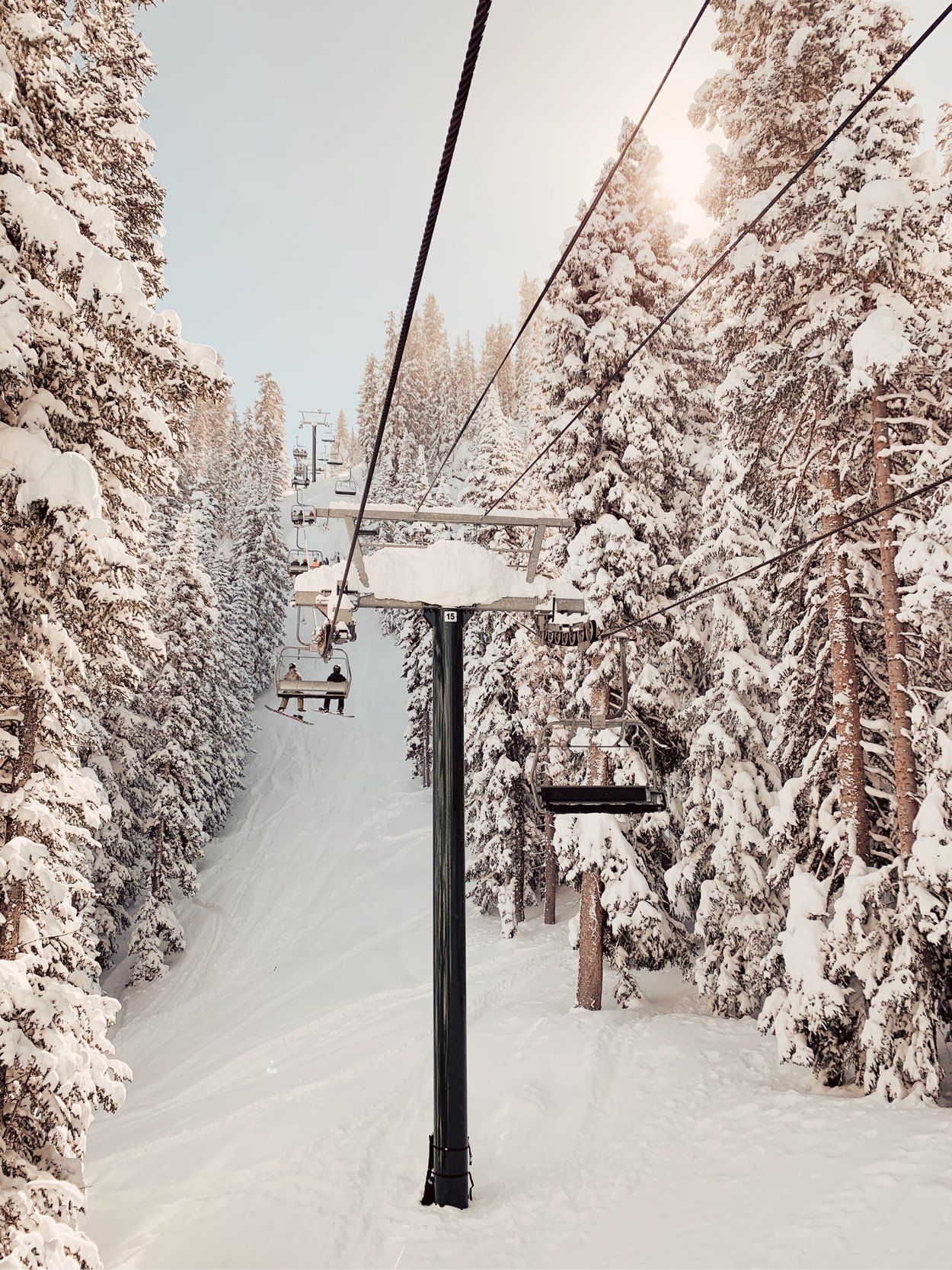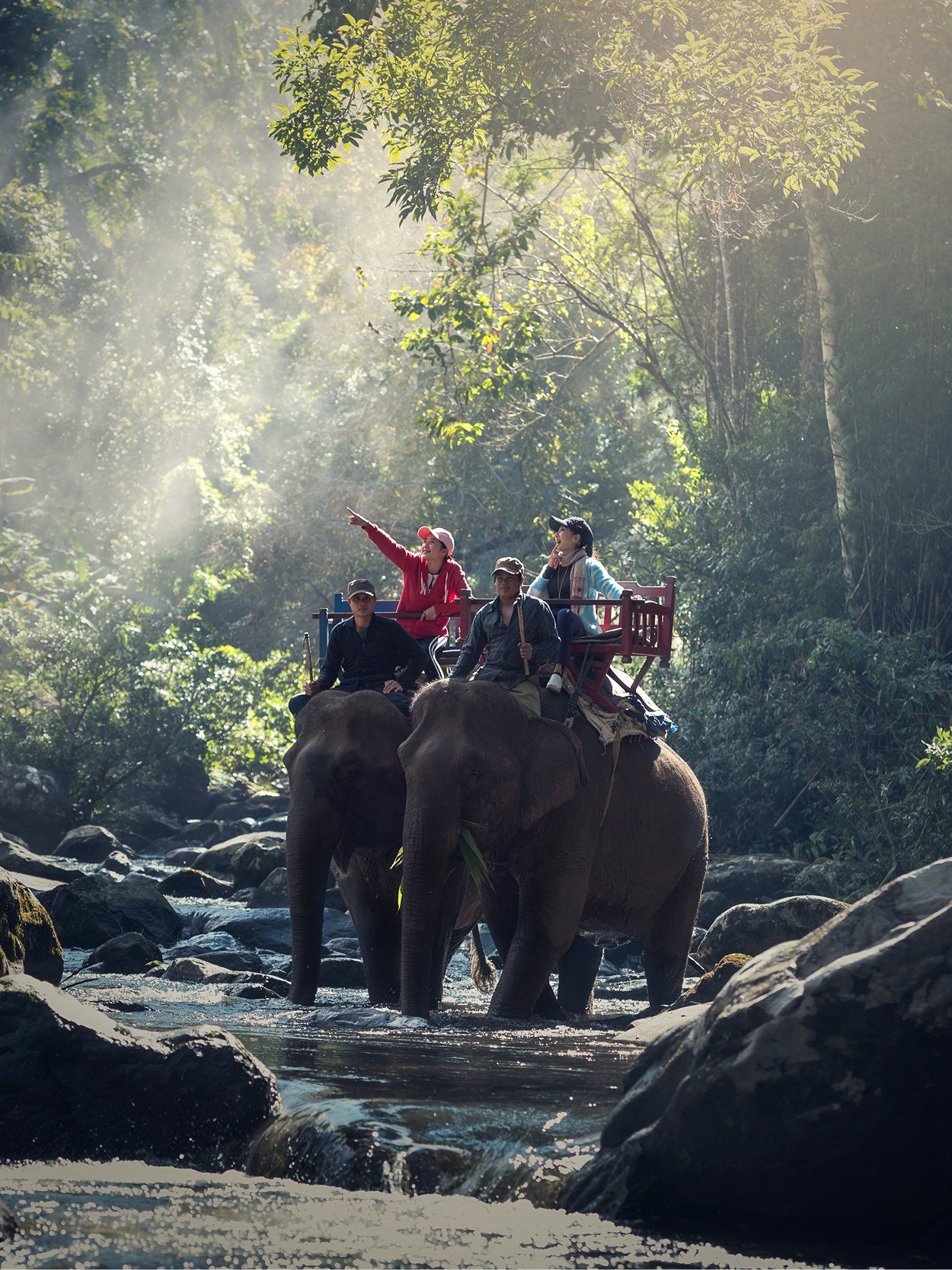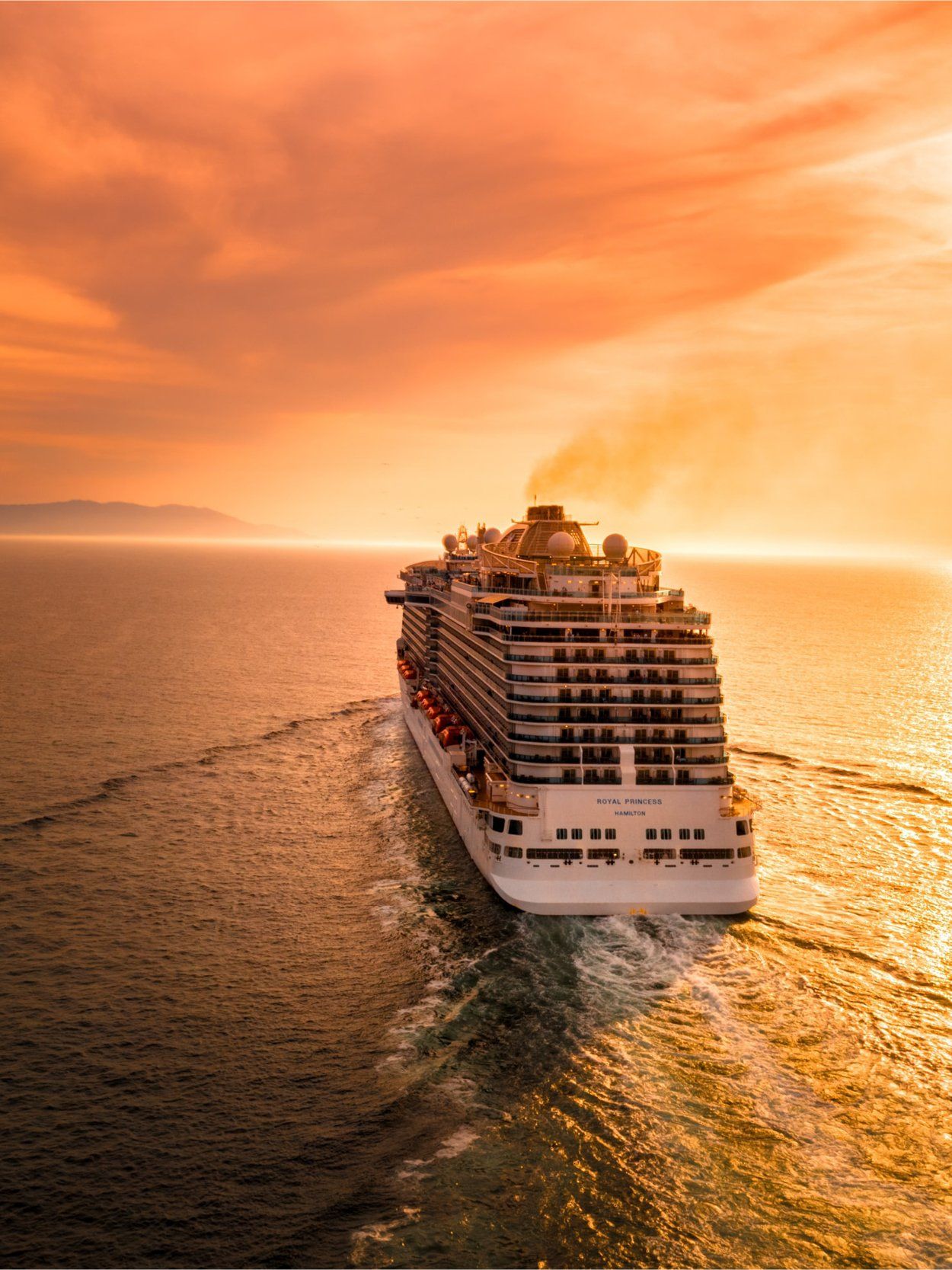Australia’s Iconic Kimberley Coast Darwin to Broome
10 DAYS / 9 NIGHTS
The Kimberley region of Western Australia is a wild land of remote, spectacular scenery spread over huge distances. Larger than 75% of the world's countries, the Kimberley is one of the world’s last great Wilderness areas, and one of Australia’s greatest natural assets. At 424,517 km2 (163,907 sq miles) it is twice the size of Victoria, three times the size of England, two-thirds the size of France, equivalent in size to Germany and the state of California, yet there is only one sealed road traversing the region. Imagine if there was only one road through
California or Germany...
Our Kimberley voyages are true expeditions, where each day’s activities will be determined by the Expedition Leader and Captain taking into account the tide, weather and sea conditions. All of our itineraries will visit the “must see” iconic locations of King George River and Falls, Hunter River, Montgomery Reef, and the Horizontal Falls in Talbot Bay. In addition we may visit The Lacepede Islands for its prolific birdlife, Jar Island to view the mysterious and often misunderstood Gwion Gwion rock art and Swift Bay to view the exceptional wandjina rock art galleries.
EXPEDITION HIGHLIGHTS:
• An experienced and highly qualified expedition team to provide insight into the geology, history, culture, flora and fauna of this fascinating region.
• View the spectacular 80m high sandstone cliffs of the King George River Gorge.
• Discover the stories behind the enigmatic Gwion Gwion rock art
• View the oldest depictions of the human form on the
planet.
• Explore pristine mangrove systems by zodiac.
• View the largest reptile on earth, the saltwater crocodile, in its natural environment
• Take guided walks ashore with your expert expedition team to view ancient rock art galleries.
• Watch in awe as the tidal waters flow off Montgomery reef.
• Witness the unique tidal phenomenon of the Horizontal Falls in Talbot Bay.
• Take regular voyages in zodiacs to explore the many coves and rivers.
• Search for iconic bird species such as White-bellied Sea Eagles, Brahminy kites and Ospreys.
• Witness the world’s largest population of migrating Humpback whales from July to September.
ITINERARY
Day 1 - Darwin, Northern Territory. Australia.
Darwin is the largest city in the sparsely populated Northern Territory, with a population of 136,245. It is the smallest and most northerly of the Australian capital cities, and acts as the Top End's regional centre. Darwin was originally a pioneer outpost.
Le Bellot will be alongside the wharf at the Darwin Cruise ship terminal located at Fort Hill Wharf. Embarkation commences from 1530
Day 2 - At Sea (Pulau Meatimiarang, Indonesia).
Enjoy a leisurely day at sea to meet your fellow travellers, take advantage of the luxurious on- board services or enjoy a cool drink at the Pool Bar. Today your expedition team will prepare you for your exploration of Australia’s remote Kimberley Coast. The Kimberley is one of the world’s last great wilderness areas, and one of Australia’s greatest natural assets. The 13,000km of remote isolated coastline boasts more than 2,600 islands, Australia’s largest inshore reef, the world’s largest population of Humpback whales, extensive undisturbed mangrove forests, wild rivers, and important seabird breeding colonies. It is a national biodiversity hotspot, and listed in the top 3.7% of least impacted marine environments worldwide. Today the Indonesian officials will perform the necessary clearance formalities. Our stopover at Pulau Meatimiarang is for technical clearance purposes only. There is no opportunity for guests to go ashore.
Day 3 - Wyndham, East Kimberley, Western Australia.
Wyndham is the northernmost town in Western Australia and in many ways is the gateway to the Kimberley. It is surrounded by some of the most spectacular landforms, rivers & wetlands in the Kimberley.
Including the spectacular Ord river, the manmade Argyle
dam, and Purnululu national park, home to the Bungle Bungle ranges.
Today, guests have the choice of three complimentary tours. (1) The remarkable Ord River wildlife cruise;
(2) A scenic flight over the East Kimberley including the Bungle Bungle Ranges or;
(3) A day exploring El Questro station including Emma gorge and Zebedee springs.
Due to the length of the tours it is only possible to participate in one complimentary tour during the time in Wyndham.
Days 4 – 10. Exploring the Kimberley Coast, Western Australia.
The Ancient landscape of the Kimberley coast is continually shaped by the second largest tidal range in the world. To take advantage of this natural phenomenon we have created a flexible itinerary. Our Kimberley voyages are true expeditions, where each day’s activities will be determined by the Expedition Leader and Captain considering the tide, season, weather and sea conditions. Below you will find information on the destinations we may visit during our time in one of the world’s last great wilderness regions.
King George River and Falls. Kimberley, Western Australia.
The journey up the King George River is nothing short of breathtaking. The 80m high sides of the gorge display varying degrees of weathering of the ancient Warton sandstone. The colours and textures of the gorge
change with the light as you travel further up the river creating a continual changing wallpaper of passing scenery that is simply stunning. The journey culminates at the King George twin falls; the highest single-drop falls in the whole of the Kimberley (80m or 260ft). Your expert Expedition Team will escort you on a zodiac tour to the foot of the twin
falls, during your tour you will learn all about the stunning geological formations making up the walls of the canyon.
Jar Island. Kimberley, Western Australia.
Jar Island, or Ngula as it is known to the Indigenous Gaambera people, contains ancient rock art galleries depicting the Gwion Gwion style unique to the Kimberley region. Mainly neglected by, or unknown to, the
early European researchers of Aboriginal culture in the Kimberley in favour of the dominant & more dramatic Wandjina art, Gwion Gwion art has in recent years gained world prominence. It is generally thought that this art may extend back to over 30,000 years BP & represent the first
wave of seagoing colonisers of the Australian continent. As it is, these are the oldest detailed depiction of human figures in the world. Join your Expedition Team ashore for a short walk, past some fascinating rock formations, to the site of the Gwion Gwion art galleries
Prince Frederick Harbour. Kimberley, Western Australia.
Arguably one of the most scenic parts of the Kimberley coast, Prince Frederick Harbour and the Hunter River are lined with ancient rainforest pockets, pristine mangroves and mosaic sandstone cliffs. They are
considered to be some of the most pristine mangrove forests in the world, containing up to 18 different species, supporting a rich and diverse fauna. The sandstone escarpment at the river mouth, known as “Kampamantiya” rises over 200 metres high before giving way to extensive mud banks and mangrove forests home to numerous bird species and the iconic saltwater crocodile. Our expert Expedition Team will share their knowledge with you as you explore this pristine mangrove environment by zodiac keeping a constant lookout for wildlife. Whilst Le Bellot is in the Hunter River guests can choose to take the optional Helicopter flight and landing at Mitchell Falls.
Mitchell Falls and Plateau. Kimberley, Western Australia.
The Mitchell Plateau is one of the most scenic & biologically important areas of Australia. Small patches of rainforest grow around the margins of the plateau, where they are protected from fire & receive additional moisture. The Mitchell River carves gorges and waterfalls into the underlying sandstone, particularly along the margins of the Mitchell Plateau. The most scenic of all is the four tiered Mitchell Falls that flow continuously throughout the year. The Mitchell Falls and plateau are only
accessible via the optional helicopter tour. Detailed information about this optional tour is provided at the end of this document and can be found on our website at www.ponant.com Optional tours are required to be booked a minimum of 90 days prior to departure, with limited space available on some tours. Bookings will be on a “first- in” basis. Please contact us, or your travel agent, if you would like to book an optional tour to the Mitchell Plateau and Falls.
Swift Bay. Kimberley, Western Australia.
The Bonaparte Archipelago in WA's remote Kimberley region, is a maze of islands, inlets, peninsulas and rivers. Its colour and scale conspire to take ones’ breath away. Its distant location has meant it has remained an unspoilt and remarkably pristine location to explore and experience. Phillip Parker King originally named it “Swift's bay" after Jonathon Swift (1667-1745) the author of Gulliver’s travels. Today it is known as Swift Bay. The ‘T’ shaped bay is composed of heavily fractured sandstone providing an abundance of rock shelters. On the walls of these shelters are examples of the Wandjina style rock art unique to the Kimberley
egion. Join your expedition team ashore for a guided walk to a number of rock art galleries depicting the Wandjina style rock art.
Montgomery Reef & Collier Bay. Kimberley, Western Australia.
The tidal movements in the Kimberley are nothing short of massive, in fact the Kimberley has the third largest tidal range of anywhere on the planet. Montgomery Reef is a spectacular example of the impact of these tides as the entire reef appears to rise from the ocean. As the tide drops
a raging torrent of water cascades off the top of the reef. At just under 400km2 in size it is Australia’s largest inshore reef, containing large areas of shallow lagoon, seagrass beds and corals. Today your expedition team will take you to the exposed reef system with its cascading mini-waterfalls to witness the amazing tide induced phenomena first hand. The actual scale and timing of the phenomena is strictly governed by the tides on the day.
Horizontal Falls, Talbot Bay. Kimberley, Western Australia.
Described by Sir David Attenborough as “One of the greatest wonders of the natural world” the “Horizontal Waterfalls” are an iconic location and one of the premier tourist attractions of the West Kimberley. They
are a pair of stunning breaks in the McLarty Range approximately 300m apart. With massive tidal differences of up to 10.8m on a spring tide, the “Horizontal Waterfalls” are created as seawater builds up faster on one side of the gaps than the other, creating a waterfall up to 4m high on
a King tide. Today’s included Zodiac excursion will be timed, where possible, to coincide with the greatest tidal movement through the gaps. The amount of actual flow in the “falls” is dependent on the tide movement of the day. Guests have the opportunity to undertake an optional ‘fast boat’ ride through the Horizontal falls. Detailed information about these optional tours is provided at the end of this document and can be found on our website at www.ponant.com Optional tours are required to be booked a minimum of 90 days prior to departure, with limited space available on some tours. Bookings will be on a “first- in” basis. Please contact us, or your travel agent, if you would like to book an optional tour in Talbot Bay.
The Lacepede Islands. Kimberley, Western Australia.
The Lacepede Islands are Western Australia’s most important breeding habitat for Green Turtles (Chelonia mydas), and have been named by BirdLife International as an Important Bird Area (IBA). The breeding
colony of Brown Boobies is possibly the largest in the world. Up to 20,000 Roseate Terns have also been recorded here. Other birds breeding on the islands include Masked Boobies, Australian Pelicans, Lesser Frigatebirds, Eastern Reef Egrets, Silver Gulls, Crested, Bridled and Lesser Crested Terns, Common Noddies, Pied and Sooty Oystercatchers. Join your expedition team for a guided zodiac tour to view the prolific wildlife. Due to the sensitive nature of the environment, landings are prohibited.
Broome, Western Australia. Disembarkation
Often referred to as the pearl of North West Australia, Broome is Western Australia’s coastal gateway to the magnificent wilderness region of the
Kimberley. It’s also home to the world-famous white sands of Cable Beach, making it one of the State’s most popular holiday destinations. Situated 2,240 km (1,390 mi) north of Perth with a permanent population estimated at 14,436, growing to over 45,000 per month during the tourist season.




